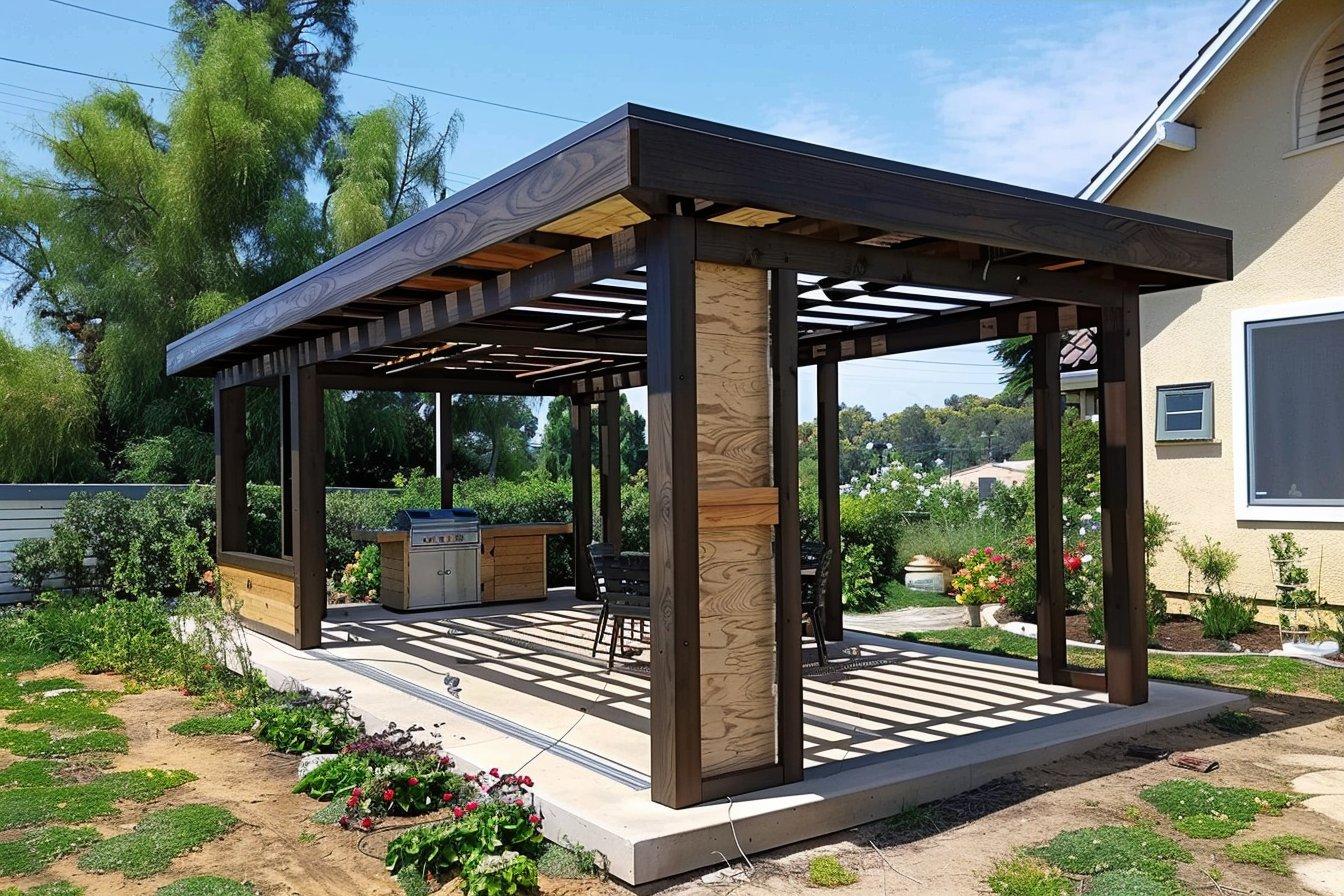Enhancing Outdoor Living: The Benefits of Patio Awnings
Creating a comfortable outdoor living space is a key aspect of home remodeling that can significantly enhance your property's value and your quality of life. One of the most effective ways to transform your patio into a versatile, year-round retreat is by installing an awning. This article explores the advantages of patio awnings and how they can revolutionize your outdoor experience.

Moreover, awnings provide a respite from sudden rain showers, allowing you to continue enjoying your patio even when the weather takes an unexpected turn. The shade and protection offered by awnings also help preserve your outdoor furniture, preventing fading and damage caused by prolonged exposure to sunlight and moisture.
What types of awnings are available for outdoor spaces?
There are several types of awnings available to suit different needs and preferences:
-
Retractable awnings: These can be extended or retracted as needed, offering flexibility in controlling sun exposure.
-
Fixed awnings: Permanent structures that provide consistent shade and protection.
-
Freestanding awnings: Ideal for areas without a supporting wall, these can be placed anywhere in your outdoor space.
-
Motorized awnings: Equipped with motors for easy extension and retraction at the push of a button.
-
Manual awnings: Operated by hand, these are typically more affordable than motorized options.
Each type of awning comes with its own set of benefits, and the choice largely depends on your specific needs, budget, and the layout of your outdoor space.
How can awnings enhance the aesthetics of your patio?
Beyond their functional benefits, awnings can significantly improve the visual appeal of your patio and home exterior. Available in a wide range of colors, patterns, and styles, awnings can be customized to complement your home’s architecture and personal taste. They add a touch of sophistication and can create a cohesive look between your indoor and outdoor living spaces.
Awnings can also define specific areas within your patio, creating the illusion of separate outdoor “rooms” for dining, lounging, or entertaining. This visual division can make your outdoor space feel larger and more organized, enhancing its overall functionality and appeal.
What materials are commonly used for patio awnings?
The durability and performance of your awning largely depend on the materials used in its construction. Common materials include:
-
Acrylic fabric: Known for its color fastness and resistance to mildew and water.
-
Polyester: A durable and affordable option that resists stretching and shrinking.
-
Canvas: A traditional choice that offers excellent sun protection but may require more maintenance.
-
Aluminum: Ideal for fixed awnings, providing long-lasting durability and minimal maintenance.
-
Vinyl: Waterproof and easy to clean, making it suitable for areas with frequent rain.
Each material has its pros and cons in terms of durability, maintenance requirements, and aesthetic options. Consider factors such as your local climate, budget, and desired longevity when choosing the right material for your patio awning.
How do awnings contribute to energy efficiency?
Installing a patio awning can have a significant impact on your home’s energy efficiency. By blocking direct sunlight from entering your home through windows and glass doors, awnings can reduce the amount of heat gain inside your house. This natural cooling effect can lead to lower air conditioning costs during hot months, potentially saving you money on energy bills.
In the winter, retractable awnings can be pulled back to allow sunlight to enter and naturally warm your home, contributing to heating efficiency. This versatility makes awnings an eco-friendly addition to your home, helping you maintain a comfortable indoor temperature while reducing your carbon footprint.
What are the cost considerations for installing a patio awning?
The cost of installing a patio awning can vary widely depending on several factors, including the type of awning, size, materials, and additional features. Here’s a general overview of awning costs and popular providers:
| Awning Type | Provider | Cost Estimation |
|---|---|---|
| Manual Retractable | SunSetter | $500 - $2,500 |
| Motorized Retractable | Sunsquare | $2,000 - $6,000 |
| Fixed Aluminum | Awntech | $1,000 - $4,000 |
| Custom Fabric | Sunbrella | $2,500 - $7,000+ |
| Freestanding | Eclipse Shading Systems | $3,000 - $8,000 |
Prices, rates, or cost estimates mentioned in this article are based on the latest available information but may change over time. Independent research is advised before making financial decisions.
It’s important to note that while the initial cost of an awning may seem significant, the long-term benefits in terms of increased outdoor living space, energy savings, and potential increase in property value can make it a worthwhile investment for many homeowners.
In conclusion, patio awnings offer a versatile and attractive solution for enhancing your outdoor living space. By providing shade, comfort, and style, awnings can transform your patio into a year-round retreat while potentially improving your home’s energy efficiency. With a variety of options available to suit different needs and budgets, investing in a patio awning can be an excellent way to maximize the enjoyment and value of your outdoor areas.






